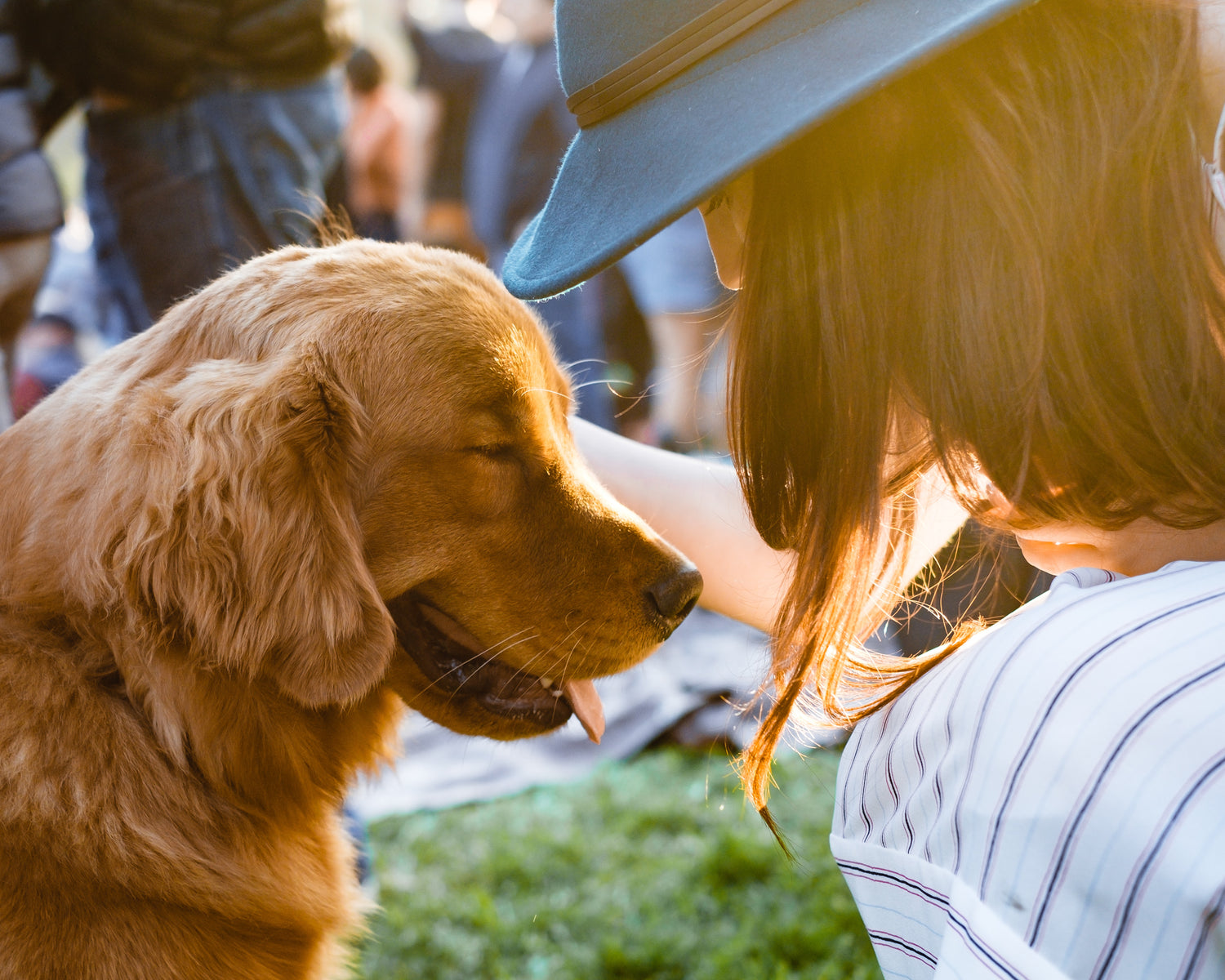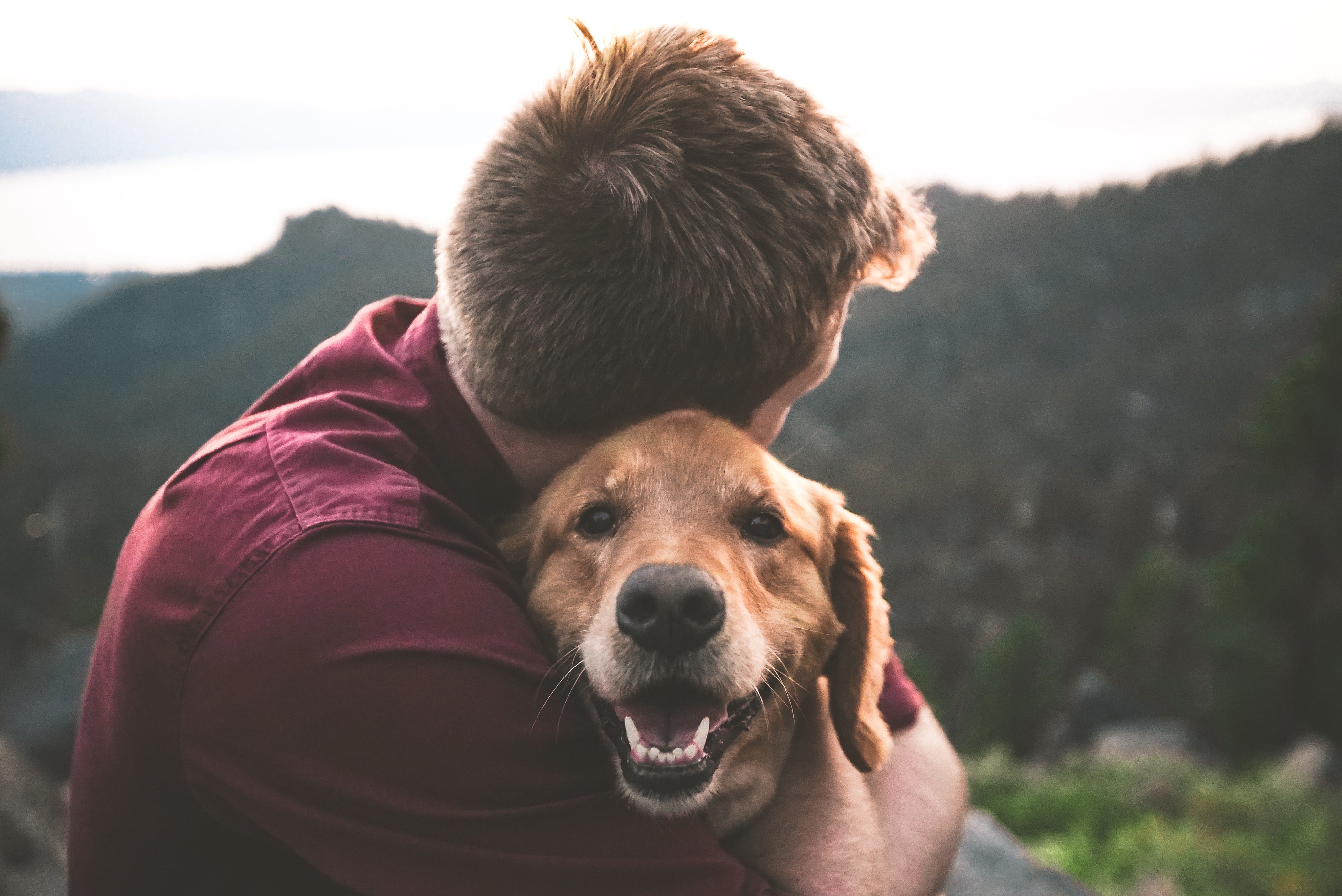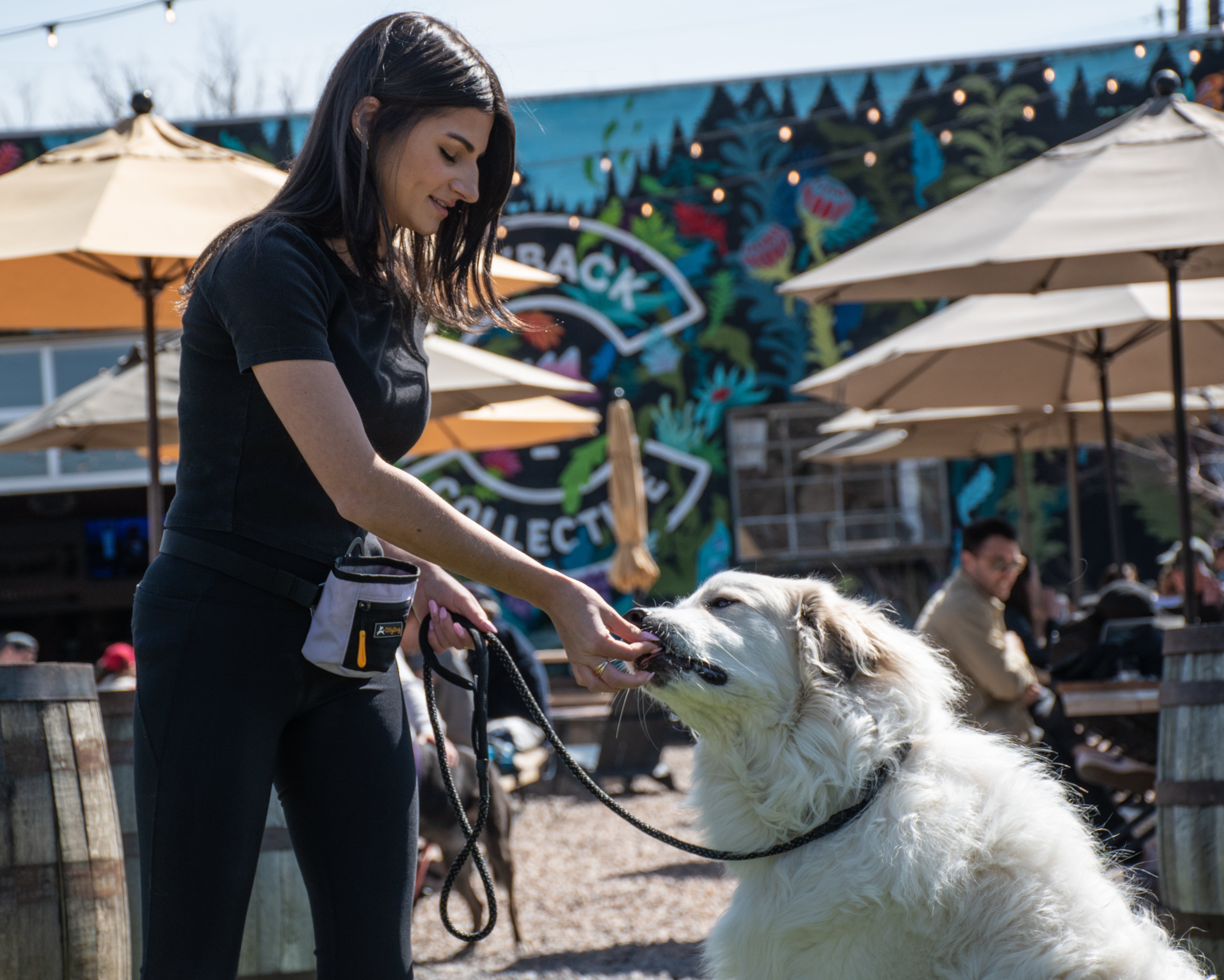As pet owners we all want to set our dogs up for success in their life. One of the ways we can do this is to give them the best dog obedience training you can. Obedience training doesn’t just entail commands but is a lifelong journey of connecting and learning with your dog. A few small fixes in your training technique can make all the difference in your results.
1. Prepare For Success
Being prepared for a training session can make a huge difference in how your dog responds to you. Having all the necessary gear and knowledge can help you feel confident in your training. Dogs love to follow a confident leader, and you’ll love the results!
First, you need to gear up! You’ll need a durable collar for training and to keep your dog’s ID tags on for emergencies. We recommend the Urban Journey reflective collar or the Tilden waterproof collar for active dogs. They both come with a silicone tag silencer, which is a lifesaver when your dog insists on scratching his whole body at 3 am! You may also opt for a harness during walks, like this Alpine reflective one, but to prevent chewing, harnesses should be removed when not being used. We still recommend wearing a collar for identification!
Your leash should be about 6 feet long for most walks. The Tilden waterproof adjustable leash can be adjusted from 4 to 6 feet long and is perfect for adapting to various situations. Use a Goodie Treat Bag to keep your treats easily accessible and ready to reward!
Remember that rewarding your dog does not always need to come from treats! Food is the easiest, most efficient way to reward. However, if your dog is not food motivated you can use exciting praise, pets/scratches, and even toys as rewards.
2. Consistency Is Key
This is probably the most common mistake of dog owners! For our dogs to consistently respond to our commands, we must consistently reward them for their good behavior. When we stop rewarding (even with praise), the dog doesn’t get the feedback he craves and will try something different. Often, they choose undesirable behaviors to try next! It’s incredibly important for everyone involved in the dog’s life to be on the same page for training.
An excellent example is jumping up to greet owners when they come home. When a dog jumps up, we accidentally reward him by touching him to push him down. Even if it’s negative attention, the dog realizes that jumping on Mom when she comes home equals immediate attention. Instead, when we ignore the dog until he sits calmly, we teach him that calm behavior gets attention and that excited jumping does not.
However, if we stop consistently rewarding the calm behavior, the dog will resort back to jumping to try to initiate that attention again. For our dogs to behave consistently, it is important to reward those good behaviors consistently.
3. Loose Leash Walking Takes Training
First, it’s important to note: loose leash training is not exercise! Finding another way to exercise your dog before starting training is crucial. A wound-up excited dog is not a good listener. A long line or fenced-in yard for some running works great and sets your dog up to want to learn from you.
Walking nicely on a leash is not a natural behavior for your dog. To train your dog to walk on a leash, you must teach him that next to you is the best place to be. Starting in the house, have short training sessions with you rewarding your dog for being next to you. As he gets better, move around in and outside your house. The more places, the better! Eventually, your dog will associate being next to you with great things.
So what if your dog already pulls? You open the door; he immediately darts out, and you are stuck trying to catch up behind him. Continuing to walk in the direction your dog is pulling only rewards the bad behavior.
Instead, when your dog pulls and gets to the end of the leash, turn around.
Changing directions shows your dog that pulling means he doesn’t get to go the way he wants. Not even a little pulling. You will feel silly bouncing back and forth during your first few walks but remember to be consistent! As you work with this, continue to reward him for being by your side.
4. Teach Your Dog Sit
Sit is a fundamental training command that every dog should know. It is usually easy to teach and great for keeping or capturing your dog’s attention. Think of sit as a master reset button. If your dog struggles to grasp your training, rewarding him for something simple like a sit will refocus his attention on you.
To train your dog to sit, hold a treat to your dog’s nose and slowly lift the treat over their head. As the dog looks up to get the treat, their backside should naturally drop. The moment his butt hits the ground, release the treat and verbally mark the desired position with the word “sit.” Don’t forget verbal praise as well!
Do this often until your dog reliably follows the treat, then remove the treat from the hand the dog is watching. When he sits, give him the treat from your other hand. With practice, all you will need is the verbal cue!
5. Training Is A Lifelong Commitment
Training a dog is not something that only needs to be done as a puppy or once when you bring him home. It must be consistent and continuous. It also needs to be adaptable, as your and the dog’s needs will change over time. Establishing how to communicate and teach your dog early on will set you both up for a lifetime of true companionship.
Sometimes, you may need an expert eye to see the small details you miss. In these cases, a reputable trainer can make all the difference. The American Association of Professional Dog Trainers has a great trainer search tool you can use to find local trainers near you. Be sure to interview the trainers to find the right fit for your family and dog. It is worth it to invest in your dog. Spending a few minutes a day training can make a world of difference in your dog’s behavior. Now you can both enjoy each other even more!




Leave a comment
All comments are moderated before being published.
This site is protected by hCaptcha and the hCaptcha Privacy Policy and Terms of Service apply.